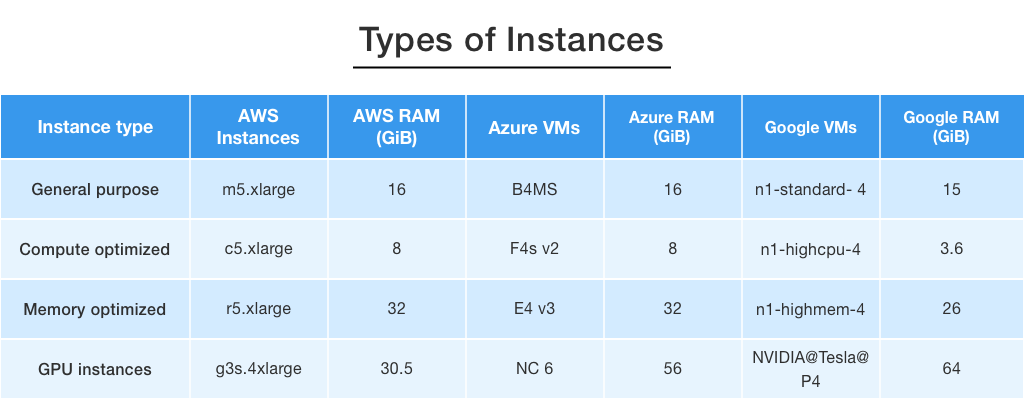
The cost of an equivalent Fargate task in the same region is the result of the following formula: ($0.04048 x 2 vCPU) + ($0.004445 x 8GB) = 0.08096 + 0.03556 = $0.11652/hour. As of today, the cost of the EC2 instance above is $0.096/hour. Let’s run a quick example by comparing on-demand pricing for an m5.large Linux instance (with 2 vCPUs and 8GB of memory) in us-east-1 with comparable Fargate capacity in the same region. We sometimes see customers comparing Fargate compute costs to EC2 compute costs. In this blog post, we outline and recap some considerations about when it makes sense to consider Fargate vs a traditional fleet of EC2 instances. No matter what you pick, Compute Savings Plans will allow you to benefit from discounted prices.Ĭompute Savings Plans are one of the most direct and tangible way to reduce and optimize costs through the combination of EKS and Fargate.
AWS FARGATE VS EC2 PRICING FREE
For instance, you can choose among EC2, Fargate, or Lambda if you choose Fargate, you are free to use the orchestrator you prefer between ECS and EKS. Compute Savings Plans enable flexibility as they allow you to save money regardless of the compute services you opt to use. Customers can save up to 52% on Fargate in exchange for making a commitment to a consistent amount of compute usage for a 1 or 3 year term.Ĭompute Savings Plans aren’t just about committing to a specific technology. If you don’t have an active Saving Plan, you can start from the AWS Compute Savings Plans FAQ to get more information about how they can allow you to save money. If you have an active Compute Savings Plan, there is nothing you need to do, the system will apply the proper discounts to your Fargate pods according to the details of your Saving Plan. Today, we are announcing that EKS pods launched on Fargate are now eligible for the AWS Compute Savings Plans. Until today, AWS Fargate was eligible to AWS Compute Savings Plans but only for tasks launched in the context of ECS.


If you want to learn more about how Amazon EKS and Fargate work together, watch my re:Invent breakout session.

This allows them to get rid of a lot of the undifferentiated heavy lifting aspects associated with maintaining a Kubernetes cluster such as management, patching, security, isolation, scaling, etc. Since then we’ve seen customers rapidly adopt the Kubernetes API to deploy pods onto Fargate, the AWS serverless infrastructure for running containers. At re:Invent 2019, we announced the ability to deploy Kubernetes pods on AWS Fargate via Amazon Elastic Kubernetes Service (Amazon EKS).


 0 kommentar(er)
0 kommentar(er)
